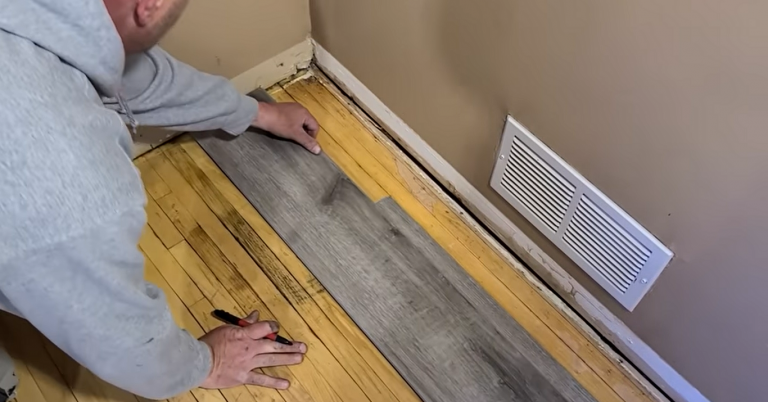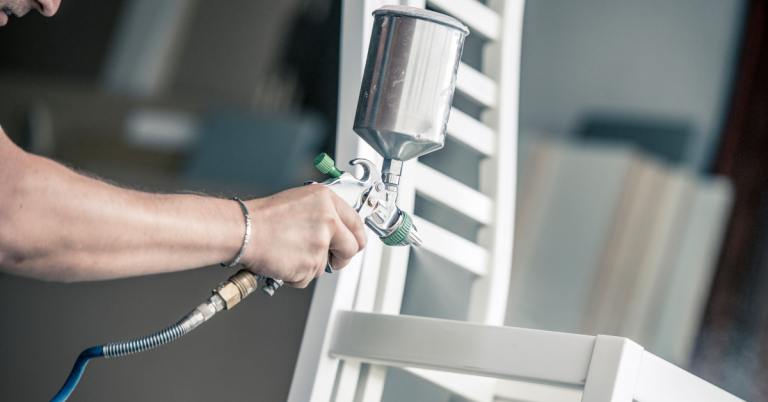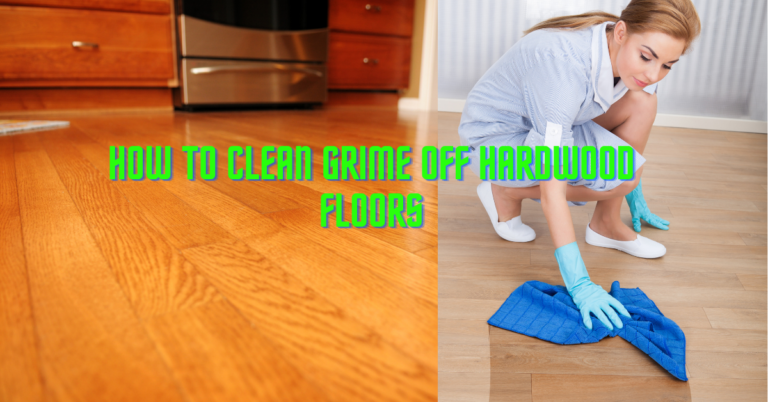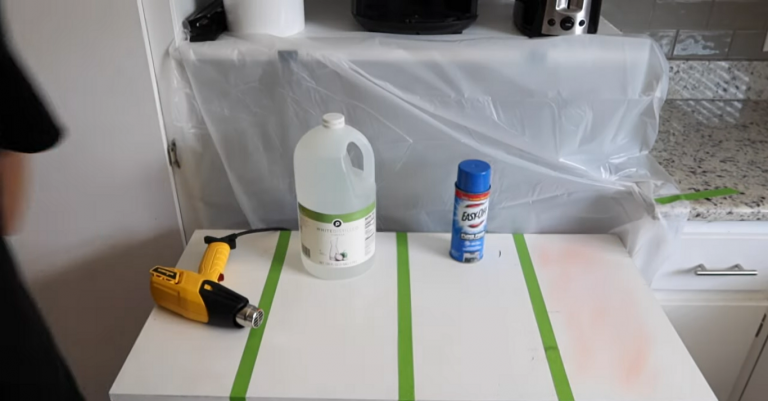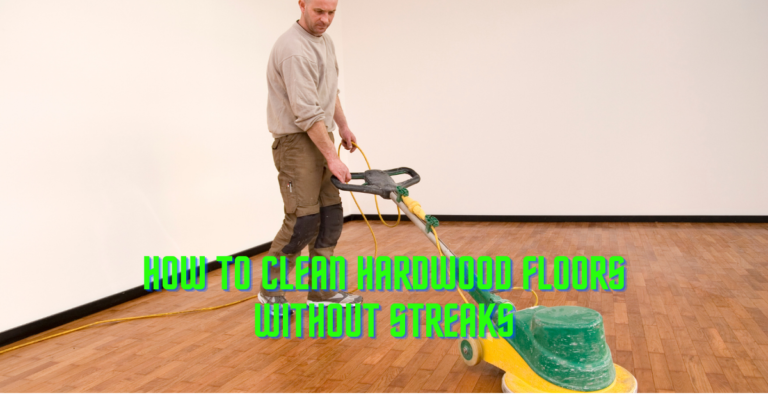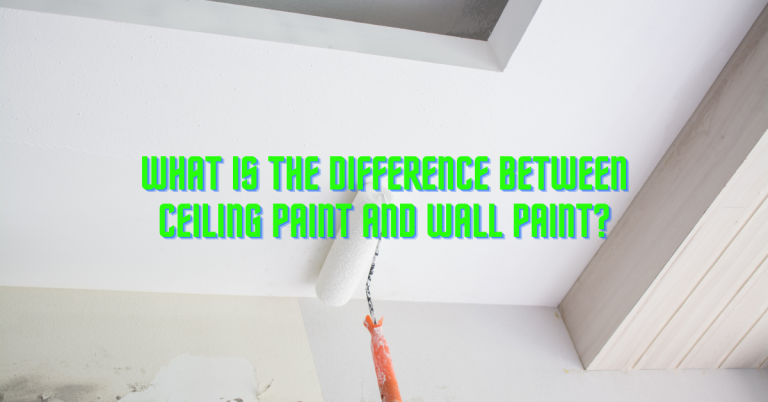Is Pressure Treated Wood Safe for Vegetable Gardens?
Pressure-treated wood is known to be durable and rot-resistant due to the chemicals used in processing them. Although their durability cannot be overemphasized, it is still a debate about whether pressure treated wood is safe for vegetable gardens. The safety of pressure treated wood has been researched and examined by various experts.
The chemicals were shown to leach out of the wood into the soil and up taken in small amounts by plants. However, the major concern about the safety of using pressure-treated wood has been with the arsenic in Chromate copper arsenate (CCA), which poses harm and, at a point, was banned by the environmental protection agency (EPA). Pressure-treated wood is considered safe for garden use, as it contains copper, which prevents insects and a fungicide, although not excluding the fact about chemicals leaching into the soil and being taken up by plants
All at a Glance
Is pressure treated wood safe for vegetable gardens?
Gardeners have often employed pressure-treated wood for years to make raised vegetable beds and posts. But at a point around December 2003, the environmental protection agency (EPA) banned the sale of treated lumber with chromate copper arsenate (CCA) for residential use. Why? They detected that arsenic leaches from the pressure treated wood into the soil, which contaminates soil and plant life, which is harmful to the health.
The compounds commonly used in the processing of pressure treated woods are alkaline copper quat(ACQ) and copper azole (CA- B). Both treated wood contains copper and fungicide but no arsenic. ACQ and CA-B were produced after the environmental protection agency banned arsenic use, which is harmful to health. Since then, the woods are being treated using copper and fungicide.
The copper keeps insects at bay but at the same time might create more harm than good to plant life as they might die before they get harvested, while the fungicide prevents soil fungus from attacking the wood. In an ACQ treated wood, the fungicide is quat, used in swimming pool chemicals and as a disinfectant, while CA- B uses copper and tebuconazole as a fungicide used on food crops.
But above all, it’s advisable to consider other alternatives such as decay-resistant woods like red cedar or redwood. Even though pressure-treated woods resist decay with copper to prevent the insects alongside a fungicide, You shouldn’t use a fungicide near ponds or streams because they’re dangerous to aquatic life, so why it is more advisable to use other alternatives.
Read Also: How long should the deck stain dry before putting furniture on it?
Factors to consider before making a vegetable bed.
Few factors have to be considered before and while making a vegetable bed. The type of wood to use, the desired height, and the desired measurements you want for your bed are important factors to consider.
What type of wood to use?
In most cases, cedar is the best natural wood to use for garden beds because cedar is naturally rot-resistant, making it often used, and its durability makes it expensive. Redwood is another wonderful rot-resistant wood, but redwood is always scarce and rarely available when compared to cedar. How long the wood will last depends on the type of wood used.
How tall do you want your bed to be?
You can build the bed to any desired height up to 36″. The most common height is 11″, which is the height of two stacked 2″ x 6″ boards. If you have good soil beneath the bed, the roots will go down deeper than needed to access more soil and nutrients, so you can even have beds that are only 6″ high and still have a flourishing vegetable bed. If you want a taller bed, remember that as you go taller, the added soil’s weight will add pressure to the sides, which will eventually bow them outwards. This is easily prevented by applying cross-supports.
We recommend using cross-supports in any bed that is taller than 18″ or longer than 6′. It is also important to consider the soil depth requirements for the roots of the vegetables you want to plant to know what suits your desired vegetable bed best.
Considering using a non-pressure treated wood?

Many gardeners would prefer a non-pressure wood because pressure-treated lumber has the risk of its chemicals leaching from the lumber into the soil, which might eventually affect plant life.
Non-pressure wood lasts a few years, and they’re also durable but compared to pressure treated wood, they’re not as long-lasting as pressure treated wood. Non-treated wood can last as long as 5 years, although it depends on few factors like exposure to sunlight, the region’s climate, and the area the wood is used outdoor. If used for a wood vegetable garden, the wood might decay faster while it might last up to 10 years if used on decks.
However, its durability might be reduced due to water, biological infestation, which causes it to decay. Although they’re not as long-lasting as pressure-treated wood compared to pressure-treated wood, they’re highly durable, and they have high resistance to rot.
How to tell the difference between treated and untreated non-pressure wood
Beginners and even professionals in woodworks still find it difficult to differentiate between the pressure treated and the non -pressure wood. The most important thing to pay attention to is the green tint. Normally, the pressure treated wood bears identification tags that identify the chemical used in the wood’s treatment process.
The wood, most times either has a brown or green coloration it acquired during the treatment. More so, treated wood often has an oily, chemical odor compared to non-treated wood, which has a natural, pleasant scent. You can use the smell to tell the difference between the two types of wood apart from the coloration.
How to construct a garden bed
The following steps will guide you on how to construct your desired vegetable bed without stress.
Step one: Cut and assemble the basic frame.
Mark and clear the area where you want your garden bed to be situated because you will be building the bed in place. Using a square, mark the bed’s ends, then saw the boards to your desired length. Place two screws in each corner to hold it firmly together for a while. Set a level on the frame and place blocks underneath it to make it stay leveled. Do this for both the ends and sides.
Step two: Drive in corner posts and screw the boards into them.
Cut the post pieces longer than you will need. Then saw a point on the bottom of the posts, although it is not necessary. Set the first post into the corner of the frame and then drive the post into the ground a few inches. After driving the post into the ground, the next thing is to screw the frame into the post using two screws per side. Place the other posts in place and screw them in the same way.
Step three: Fill in the boards to the ground.
Add the bottom row of boards down to the ground level applying the same method of simply screwing into the posts. You may have to dig into the ground in other places to get the boards to fit. Using a hand saw, cut the posts where they stick up together so that they are even to the sides of the bed. Smoothen the ground in the pathway and start filling the bed with soil.
Step four: Cross-bracing
If your garden bed is longer than 8′ or taller than 18”, it’s a good idea to use cross-bracing. This will prevent the bed from bowing outwardly in the core of the span.
Use a hacksaw to cut the aluminum flat stock to the exact width of the bed, drill a hole in each end, and use a 1″ stainless screw to fix the cross-brace to the posts at either side of the span.
Step five: Fill up the bed with soil
Use your desired garden soil to top up the bed. In case there are rocks, the soil will have to be screened through a piece of 1/2” mesh, or you can pull out any rock you come across after filling up your bed when the soil, add soil amendments and supplements such as peat, lime, rock phosphate, and organic fertilizer, as much as you feel the soil needs. Spray the soil with water using a fine spray, and then top it off again with soil because the water will lower the soil level a bit, and then your vegetable bed is ready.
Recommended alternatives you can use to construct your garden bed
We’ve outlined various alternatives you can use to make your garden bed apart from using pressure wood. With these outlined alternatives, you don’t have a problem having chemicals leach into your soil.
Recycled plastic lumber
You can use this to make your garden bedposts. This plastic lumber is made out of consumer waste that doesn’t pose any form of harm to you and your plant life as it’s been recycled and reformed in such a way that makes it eco-friendly.
Natural wood
Redwood, red cedar, and cypress are rot-resistant to a considerable level, although these woods are expensive, and depending on the region you’re residing, supplies may be limited. But these are good options for you if you want to avoid using wood treated with chemicals.
Raised beds
Another option is to create raised beds by mounding the soil and then sloping the sides. You can make them the same size as you would want standard raised beds to be with pathways in between. You can also create raised garden beds using natural stone, brick, or concrete blocks.
Tools and equipment needed for constructing a garden bed.
- Lumber
- Drill
- Hack saw
- Screwdriver
- Mallet or sled
- Cross supports
- Fastenings
Conclusion- Is Pressure Treated Wood Safe for Vegetable Gardens?
Using pressure-treated wood to make garden beds is not safe for use as it has been a controversial point of discussion. It contains chemicals that leach into the soil, which might eventually affect plant life. If you want lumber completely free of chemicals, then you can use any of our recommended alternatives. The outlined steps will also guide you into making a desirable garden bed of your choice.
Important Reads:


